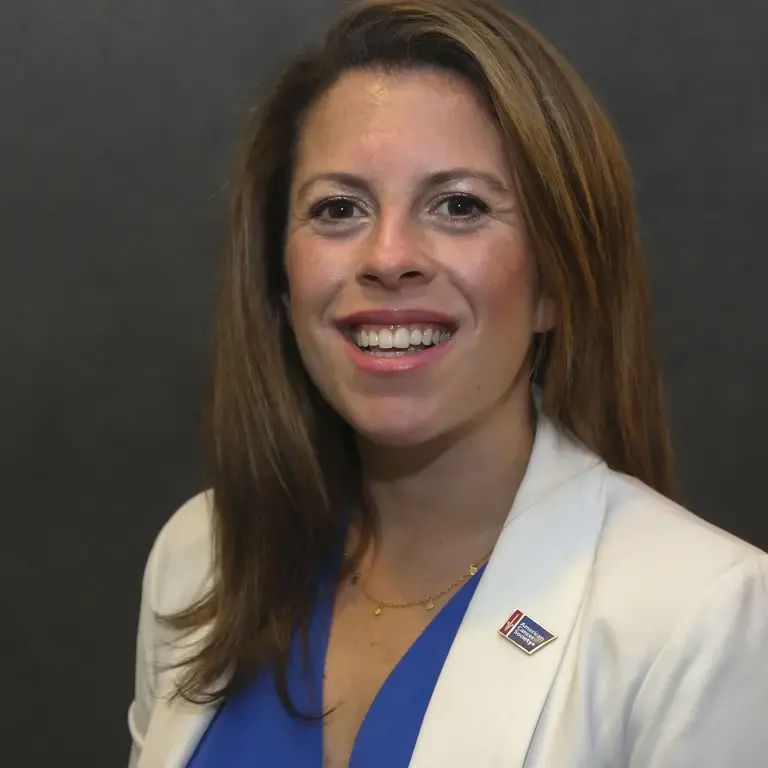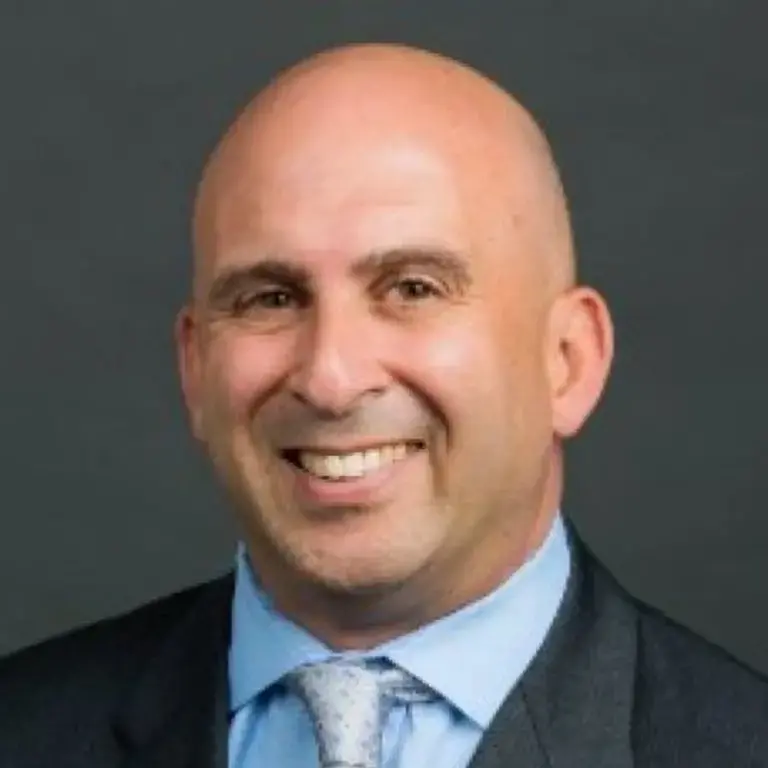Sports Management faculty Jackie Bartolomeo and Scott Rosner discuss the athletic and health impacts of the pandemic.
This article was originally published in Sport Business.
We recently observed the one year anniversary of the abrupt cessation of professional, intercollegiate and youth sports activities due to the COVID-19 pandemic. But with vaccinations increasing, there seems to be some light at the end of the somber tunnel that has been our collective global health experience.
The situation in the sports industry is slowly changing for the positive as well, with fans beginning to come back into stadiums, arenas and ballparks, and industry executives working hard to create a new normal that is safe and enjoyable for all. That isn’t good news; it’s great news. While certainly not a panacea, the sports industry’s ability to distract us from our daily travails is most welcome.
Not such great news is the negative impact the pandemic continues to have on the physical education systems in our schools. Social distancing requirements and home-schooling have dealt severe blows to one of the most effective ways to introduce children to physical activity and inspire them to a lifetime of tness.
Why is that such a big deal? According to the US Centers for Disease Control and Prevention, American kids ages 8-10 spend on average six hours per day in front of a screen. For youth ages 11-14, the daily average of screen time is a whopping nine hours, and for those ages 15-18 it’s an average of seven and a half hours. The 2019 Physical Activity Guidelines for Americans recommend that children and youth ages 6 to 17 years should participate in at least 60 minutes of physical activity every day, yet approximately only 24% of children ages 6 to 7 achieve this standard.
To make matters worse, the high cost of youth sports has made it less accessible to underserved populations that often could bene t the most from physical activity. Coupled with increased screen time, no generation of youth has ever been less active than the current one.
The US Department of Health and Human Services has warned that the current state of physical inactivity and unequal opportunity has created a national health crisis for our youth. The numbers are staggering. According to the Division of Preventive Medicine at the Walter Reed Army Institute of Research, 32 per cent of children are overweight or obese and 71 per cent of US youth ages 17-24 are ineligible for military service due in part to obesity and physical problems.
There is no shortage of challenges. The good news is that a decade ago Congress created an independent nonprofit, the National Fitness Foundation, for the purpose of accelerating youth-focused public health initiatives developed by the Department of Health and Human Services and President’s Council on Sports, Fitness & Nutrition. (Full disclosure: one of the authors of this piece [Jackie Bartolomeo] is the vice-president of development for the National Fitness Foundation.) That work has been slow to materialize during a pandemic, making it even more important in a post-pandemic world.
That work has been slow to materialize during a pandemic, making it even more important in a post-pandemic world.
To support this programming, the Foundation is working to combine public and private resources to accelerate public health solutions to this crisis. The Foundation develops partnerships with organizations that are committed to increasing access to youth sport for all –regardless of zip code. A significant socioeconomic disparity in sport participation exists.
We must address the fact highlighted in the Aspen Institute’s 2017 State of Play Report that 30 per cent of children from low-income households engage in no sport activity during the year, as compared to 12 per cent of children from high-income households. Financial support and activation and amplification efforts can lead the youth sport and activity movement forward by providing more opportunities for children, especially those who otherwise cannot afford them.
One recent program developed by the Foundation to provide these opportunities is #FreePE. The result of a donation from the Mark Cuban Foundation, #FreePE was developed as a tool for promoting physical activity and fitness at home, and to encourage greater health equity. #FreePE is a series of short, fun and engaging fitness videos that will be disseminated through physical education programs – both in-person and virtual – across the country and directly to school systems, the United States Department of Health and Human Services, Let’s Move Foundation, Center for Disease Control and Prevention and the YMCA.
To support this programming, the Foundation is working to combine public and private resources to accelerate public health solutions to this crisis.
The National Fitness Foundation has already developed partnerships with 25 professional athletes, Olympians and Paralympians to create these quality tness resources and tools to empower youth to be t for life and curb childhood obesity from the comfort of their own homes. (You can view it here.)
Through this initiative, the Foundation’s goal is to reach 50+ million children across the nation in hopes of promoting physical activity regardless of access to in-school physical education opportunities. Because 60% of children get their active play exclusively from in-school activities, we must act fast to help ll the fitness void created by the pandemic.
Why should you care? As sport industry professionals, it’s our responsibility to help seed the future of the industry by ensuring that kids have equal and plentiful opportunities to be healthier and participate in the games and sports they enjoy.
But we cannot stop at #FreePE. As we have learned during the pandemic, the risk of death from COVID-19 is about 10 times higher in countries where most of the population is overweight. We need to stop being reactive and start being proactive in our efforts to create a healthier society. It’s time for all of us to make sure the youth of the world become active again.
The views expressed are those of the author and do not necessarily represent the views of any other person or entity.

